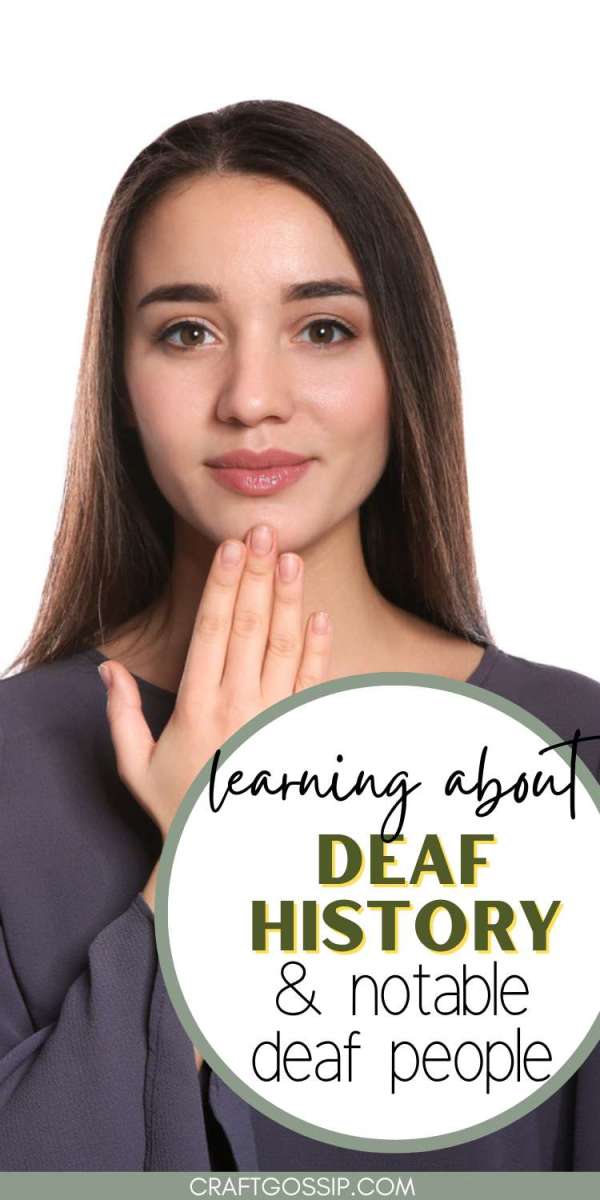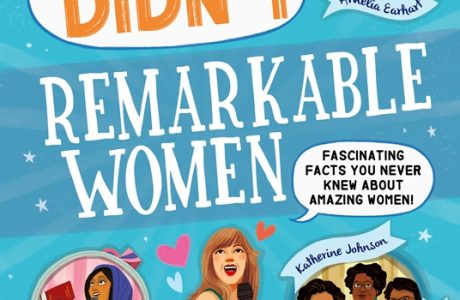 Deaf History Month is recognized during the month of April, but as with other awareness and history months, it serves as a reminder that many of us could do a better job incorporating these stories throughout the year.
Deaf History Month is recognized during the month of April, but as with other awareness and history months, it serves as a reminder that many of us could do a better job incorporating these stories throughout the year.
The original Deaf History Month was set as taking place between March 13 and April 15. This particular span of weeks was chosen because of several important events in deaf history in the United States: the first school for the deaf opened on April 15, 1817; Gallaudet University, the first institute of higher learning for deaf people, opened April 8, 1864; and Gallaudet hired its first deaf president on March 13, 1988. The month was established in 1987 and moved to the month of April in 2022 to take the emphasis off the history of the schools and make it more about the contributions of deaf people through history.
If Helen Keller is the only deaf person you learned about in school, now is a great time to add more learning about deaf folks for you and your students/kids.
One easy thing to do is to learn the alphabet or some basic words in American Sign Language. This is a way to teach kids about how deaf people communicate. Here’s a video with the alphabet, and you can find easy common word signs (and lots of other information about ASL) at Start ASL.
[youtube https://www.youtube.com/watch?v=cGavOVNDj1s?si=3B6KNDgdb7Cvs748]
Coloring pages are another great way to introduce ASL to younger kids. The Sweeter Side of Mommyhood has some printable coloring pages as well as a coloring book you can purchase that includes ASL. Two Pink Peonies also has ASL alphabet coloring pages.
Also check out the Sign Language Activity Book, which includes many basic words and phrases as well as activities you can try. (I actually have this book and it’s a good one.)
Bridges for the Deaf and Hard of Hearing has a great timeline of deaf history you can use to pull important moments from deaf history or people you can learn more about in the classroom.
Some great figures in deaf history to learn about include:
- Ludwig von Beethoven, who lost his hearing through his life but continued to compose music
- Laurent Clerc, a deaf French educator who helped found Gallaudet University
- Helen Keller, who lost her vision and hearing as a baby, was the first deaf and blind person to graduate from college and write a book about her life
- Juliet Gordon Low, who lost her hearing as an adult, founded the Girl Scouts
- William Hoy, who became deaf and mute at the age of 3, was a professional baseball player who some claim helped develop the hand signs that are still used in the game today (though the linked article disputes that)
- Miller Reese Hutchison was not himself deaf but he invented the first electric hearing aid
- Nellie Zabel Willhite, the first deaf person to earn a pilot’s license
- William Stokoe, whose research on ASL helped legitimize it as a language
You can also learn about contemporary deaf people like the actress Marlee Matlin, MMA fighter and NCAA wrestler Matt Hamill and Stephen Colbert and Millie Bobby Brown, both of whom are deaf in one ear. Find more famous deaf people in this list from Start ASL.
Older kids can pick one of these people to research and do a report or presentation. For younger kids, start with books like the Helen Keller book from the Little People, Big Dreams series, which gives a quick overview of her life and some of her accomplishments. Or try Who Was Helen Keller? Reading books and watching videos of people doing sign language is a great place to start.





Leave a Reply